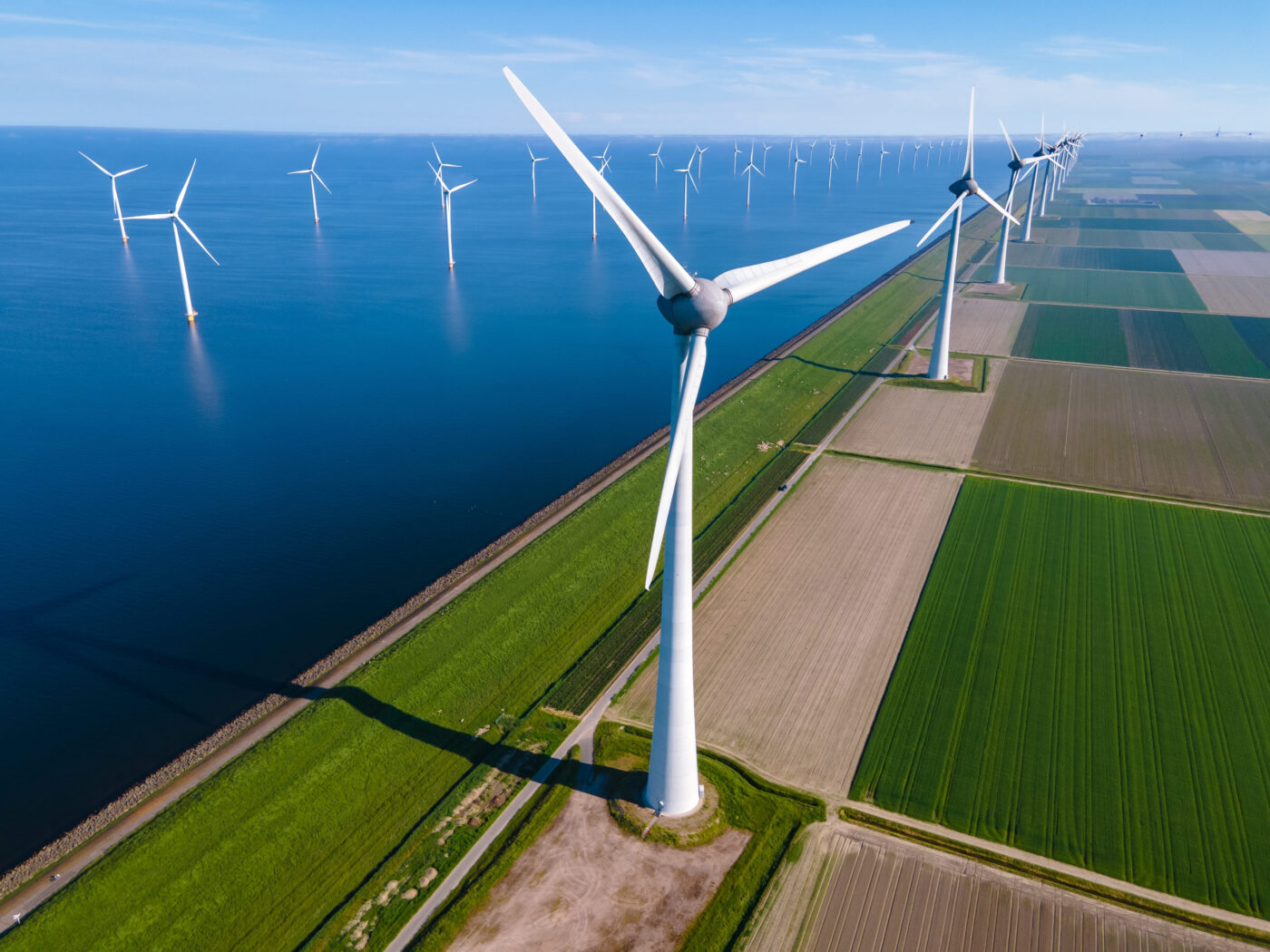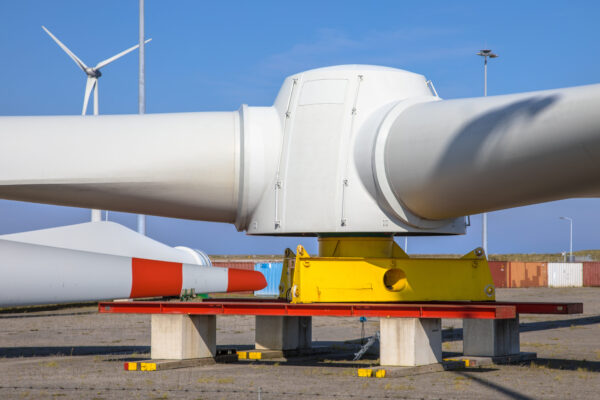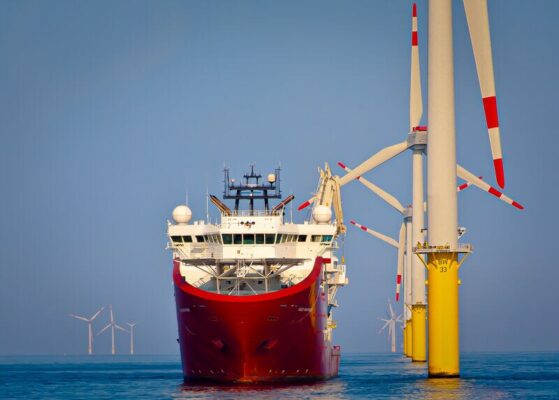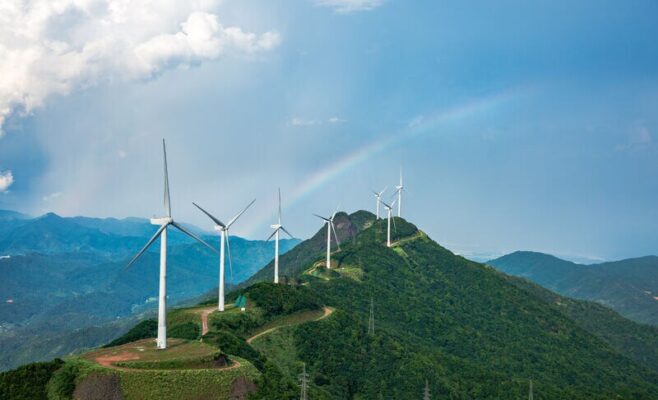The wind energy sector has witnessed remarkable global growth, driven by the continuous development of larger and more efficient wind turbines. In 2023, significant strides were made in designing wind turbine models with capacities exceeding 15 MW. Although an ongoing debate persists regarding standardizing capacity and sizes for turbines, the market is already gearing up for even more massive models, with China leading the way.
China breaking ground in innovation
Goldwind and China Three Gorges made headlines last year by successfully installing a 16 MW turbine offshore in the second phase of CTG’s Zhangpu Liuao offshore wind farm. Goldwind’s GWH252-16MW model features impressive 123-meter-long blades and a rotor diameter of 252 meters, resulting in a sweeping area of approximately 50,000 square meters.
Shortly after Goldwind’s achievement, Mingyang Smart Energy entered the spotlight with its MySE 16-260 offshore wind turbine. This turbine surpassed Goldwind’s in terms of size, boasting a rotor diameter of 260 meters and a swept area of 53,902 square meters.
Myngyang Smart Energy’s bold aspirations
Mingyang Smart Energy didn’t stop there. In October 2023, the company unveiled plans for an offshore wind turbine with a rated capacity of 22 MW. MySE 22MW turbine, with a rotor diameter exceeding 310 meters, promises to be the most powerful wind turbine globally. Equipped with carbon-fiber blades, it is designed for high-wind regions and is typhoon-resistant, intelligent, and suitable for both fixed-bottom and floating applications.
In December 2023, Mingyang Smart Energy continued to impress by introducing its MySE 18.X-20MW wind turbine. This model offers flexible power ratings ranging from 18.X to 20 MW, coupled with rotor diameters from 260 to 292 meters. It is equipped with active anti-typhoon technology capable of withstanding category 17 typhoons.
International competition joins the race
The emergence of these new turbine capacities from China has drawn close attention from global competitors. General Electric unveiled the next generation of its Haliade-X turbine, boasting a capacity of 17 to 18 MW. This turbine gained traction in the offshore wind market and was selected for a major project in Japan, which plans to construct a 684 MW offshore wind farm consisting of 38 of GE’s next-generation turbines.
Danish Vestas also made significant strides in the race for larger wind turbines. Their V236-15 MW model, with a rotor diameter of 236 meters and a swept area exceeding 43,000 square meters, received type certification in December 2023. This turbine was selected for several new offshore wind projects worldwide and made its offshore debut at the Frederikshavn wind farm off Denmark.
Extending the limits of electricity generation
Both Vestas and Goldwind set impressive records with their turbines. Vestas’ V236-15 MW prototype in Denmark established a world record for the highest power output by a single wind turbine in a 24-hour period, producing 363 MWh. Goldwind’s GWH252-16MW in China also set a new record, generating 384.1 MWh in a 24-hour period, surpassing the previous record held by Siemens Gamesa.
Wrapping up 2023
The year 2023 witnessed great advancements in wind turbine technology, with OEMs pushing the boundaries of wind turbine capacity and size. China took the lead with groundbreaking installations, while global competitors like GE and Vestas aimed to stay at the forefront in the quest for more powerful and efficient wind turbines. It remains to be seen where the future will take us, and how big is too big in the pursuit of sustainable energy solutions.



